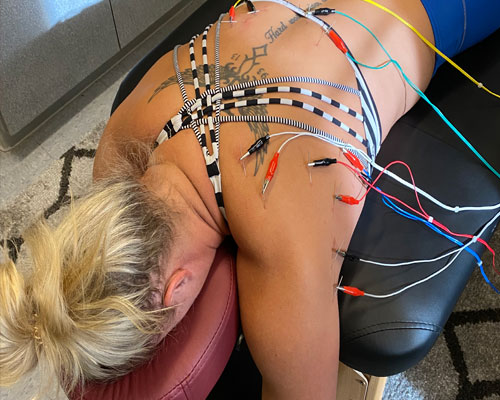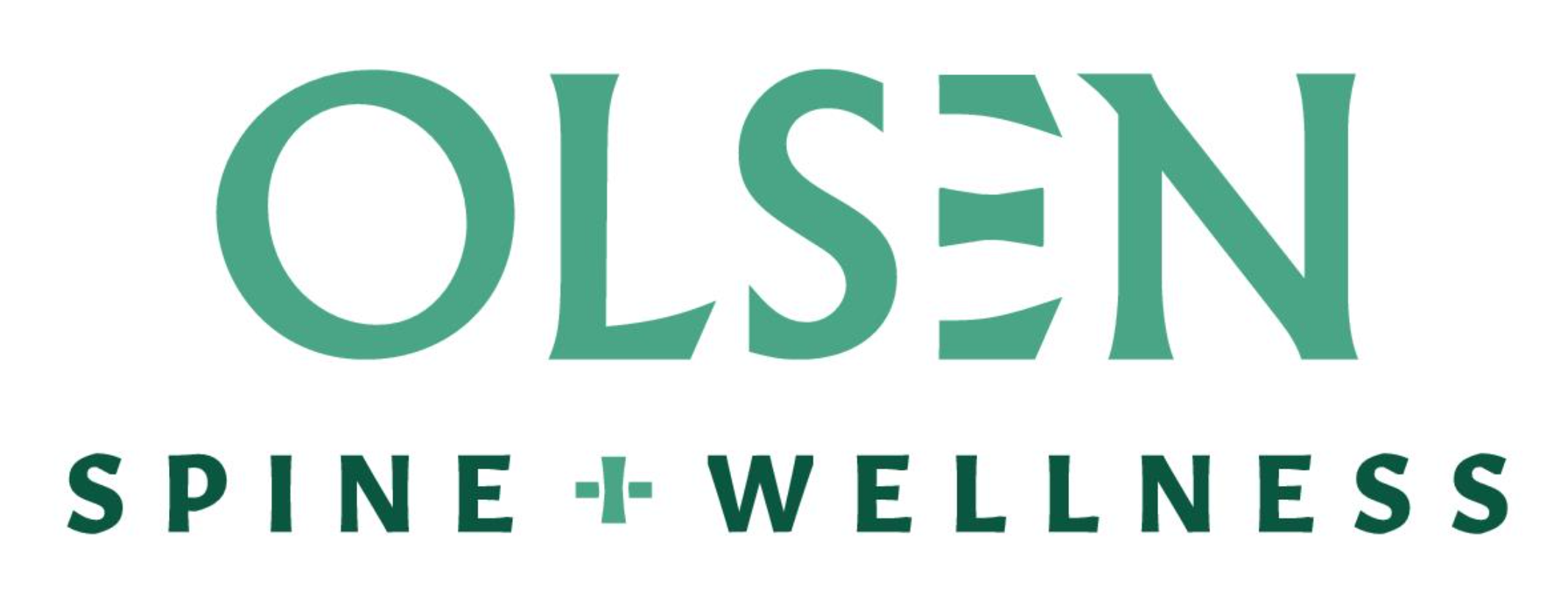Dry Needling
What is Dry Needling?
Dry needling is a therapeutic technique used to treat pain and dysfunction in muscles, tendons, and ligaments. It involves inserting thin needles into specific points in the body, known as trigger points or myofascial trigger points, to stimulate a healing response.
Unlike acupuncture, which is based on traditional Chinese medicine and focuses on restoring the flow of energy through the body, dry needling is based on modern Western medicine and aims to directly address musculoskeletal pain and dysfunction.
During a dry needling session, a licensed healthcare provider will insert needles into the affected area, targeting trigger points or other painful sites in the muscles. The needles may be manipulated to create a twitch response, which can help to release tension and promote healing.

Why Should You Consider Dry Needling?
If you’re experiencing pain or muscle dysfunction, dry needling may be an effective treatment option. Here are some reasons why you should consider it:
- Pain Relief:
Dry needling can help relieve pain caused by muscle tension, spasms, and other soft tissue injuries. It can also improve chronic tendon conditions, such as tendonitis and tendinosis. - Increased Range of Motion:
By reducing tension and promoting healing, dry needling can help improve flexibility and range of motion. - Improved Muscle Function:
Dry needling can help activate muscles that are not functioning properly, improving muscle strength and control. - Faster Recovery:
Dry needling can help speed up the healing process by increasing blood flow and stimulating the body’s natural healing response. - Highly Targeted:
Dry needling targets specific trigger points in the muscles, allowing for more precise treatment and faster results. - Non-Invasive:
Dry needling is a non-invasive treatment option that does not require surgery or medication. - Safe:
When performed by a licensed healthcare provider, dry needling is generally safe and has minimal risks or side effects. - Effective:
Many people report significant pain relief and improved mobility after just a few dry needling sessions. - Holistic:
Dry needling takes a holistic approach to healing, addressing not just the physical symptoms but also the underlying causes of your pain or dysfunction. - Complementary:
Dry needling can be used in conjunction with other therapies, such as physical therapy or chiropractic care, to enhance the benefits of these treatments.
Dry needling is a safe and effective treatment option for many musculoskeletal conditions. If you’re experiencing pain or muscle dysfunction, consider seeing a licensed healthcare provider to learn more about how dry needling can help you feel better and move better.

